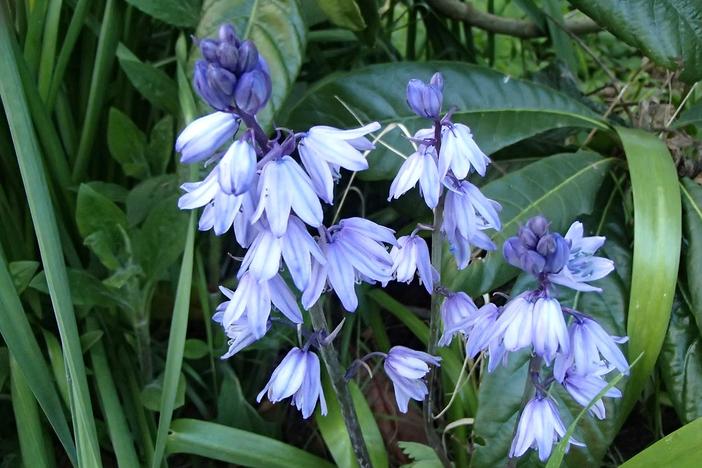Spanish Bluebell
(Hyacinthoides hispanica)
Spanish Bluebell (Hyacinthoides hispanica)
/
/

bluefootedbooby
CC BY-SA 2.0









































































Estimated Native Range
Summary
Spanish Bluebell is appreciated for its tolerance of a range of conditions, making it a versatile choice for woodland gardens, borders, and underplanting beneath deciduous trees. It is also used for naturalizing in informal areas. This plant prefers moist, well-drained soils and can thrive in both full sun and part shade. It is relatively low maintenance, but gardeners should be cautious as it can become invasive outside its native range, particularly in parts of the United States. It is important to check local regulations before planting to ensure it is not a threat to native ecosystems.CC BY-SA 4.0
Plant Description
- Plant Type: Herb
- Height: 0.8-1.5 feet
- Width: 0.8-1 feet
- Growth Rate: Moderate
- Flower Color: Blue, Pink, Purple, White
- Flowering Season: Spring
- Leaf Retention: Deciduous
Growth Requirements
- Sun: Full Sun, Part Shade
- Water: Medium
- Drainage: Medium
Common Uses
Bank Stabilization, Border Plant, Deer Resistant, Drought Tolerant, Fragrant, Groundcover, Low Maintenance, Potted Plant, Rock Garden, Showy Flowers, Street Planting
Natural Habitat
Open woodlands, meadows, and grasslands in the Iberian Peninsula
Other Names
Common Names: Hispanic Hyacinthoides, Spanish Squill, Spansk Skilla, Spansk Klokkeskilla, Jacinthe D’Espagne, Scille D’Espagne, Spansk Klokkeblåstjerne, Spaanse Hyacint, Spansk Klockhyacint
Scientific Names: , Hyacinthoides hispanica, Scilla hyacinthoides, Scilla hispanica, Scilla campanulata, Hyacinthoides non-scripta subsp. hispanica, Endymion campanulatus, Endymion patulus, Endymion hispanicus, Scilla patula
GBIF Accepted Name: Hyacinthoides hispanica (Mill.) Rothm.